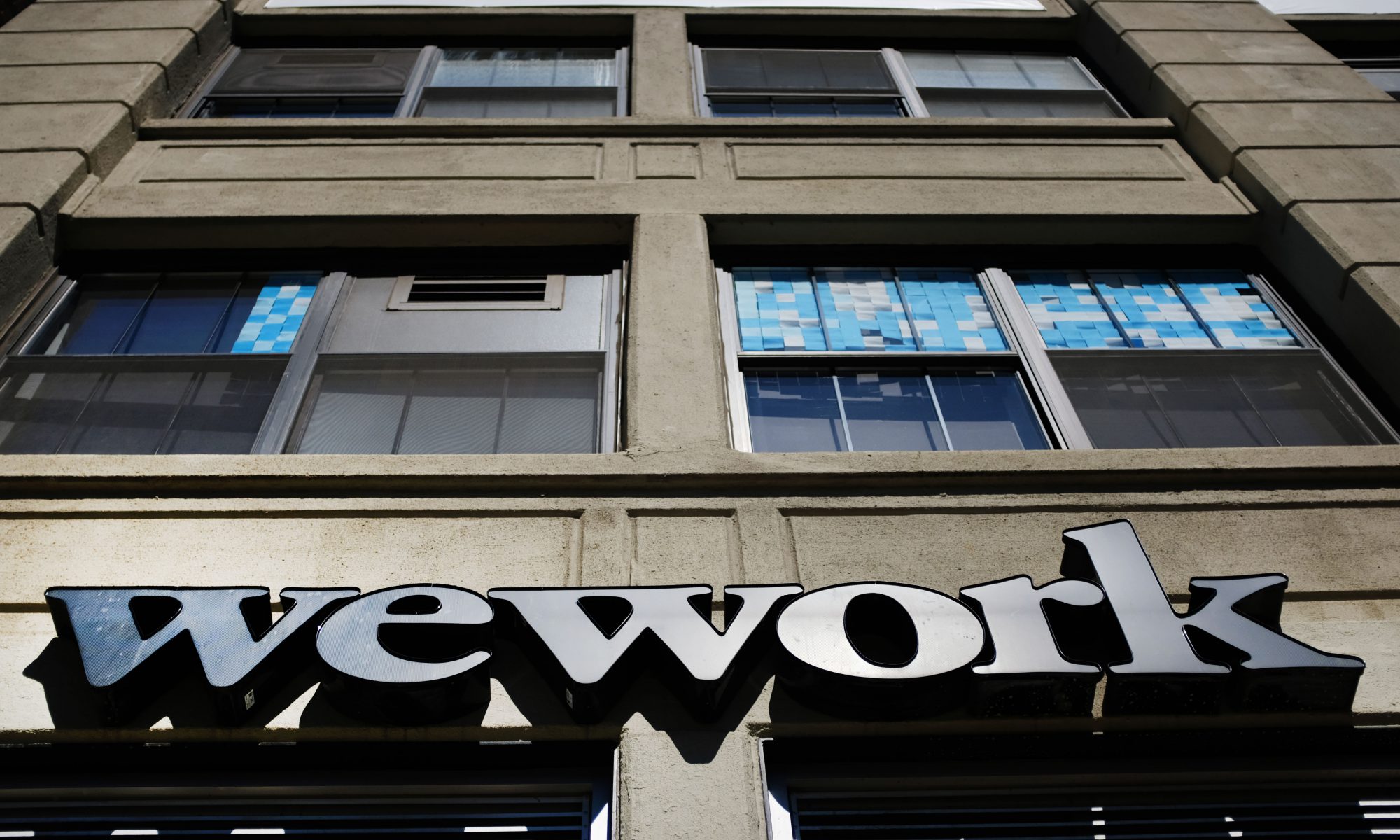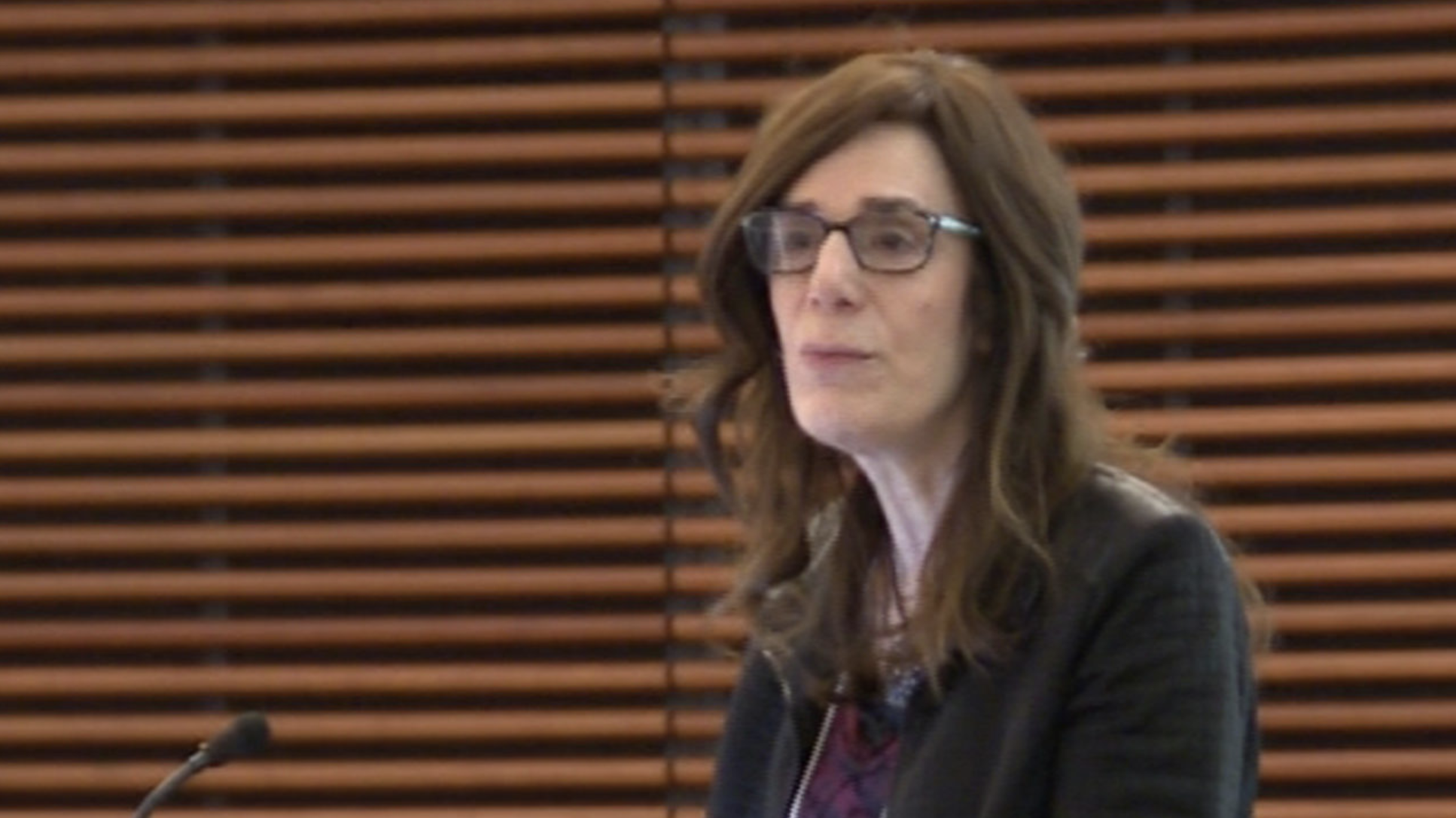May is national Older Americans Month, and this year’s theme is Connect, Create, Contribute. One area in particular threatens to prevent older adults from making those connections: the digital divide.
Nationally, one-third of adults ages 65 and older say they’ve never used the internet, and half don’t have internet access at home. Of those who do use the internet, nearly half say they need someone else’s help to set up or use a new digital device. Even in San Francisco – the home of technology giants like Twitter, Facebook, and Google – 40% of older adults do not have basic digital literacy skills, and of those, more than half do not use the internet at all.
Mastering digital technology has become a key component of what it means to fully participate in society. If we do not provide technology access and training to older adults, we shut them out from society, worsening an already worrisome trend of isolation and loneliness among the elderly.
As a researcher working directly with isolated older adults to provide low-cost internet, tablets, and digital training through the Tech Allies program, led by the non-profit Little Brothers Friends of the Elderly, I regularly hear this sentiment from seniors.
I visit Tech Allies participants – whose ages range from 62 to 98 – both before and after their eight weeks of one-on-one technology training. We talk about their experiences with and perspectives on technology today. In reflecting on why he and other older adults would want to learn to use the internet, one elder told me, “We feel like we’re standing outside a building that we have no access to.”
Another woman shared that because she doesn’t have internet access or know how to use technology, she feels, “I’m just not part of this world anymore. In certain facets of society, I just can’t join…. Some [things] just are not possible if you are not in the flow of the internet.”
In contrast to concerns about technology use increasing isolation among younger populations, the communication and connection possible online can be especially valuable for older adults who are homebound, live far away from family, or have lost the loved ones they relied on for social support in their younger years. Elders can use online tools to connect with friends and family via messaging platforms, video chat, and social media even if they can no longer physically visit them.
Older adults can find online support groups for people who share their medical conditions. And they can engage with the outside world through news, blogs, streaming platforms, and email, even if they are no longer able to move about as easily as they once could. As one elder told me, “I can’t really move that easily without a caretaker and I only have her a few hours a day so [the tablet] … has been a great companion for me and it gets me connected with other people.”

Image courtesy of Getty Images
For older adults in particular, the risks associated with social isolation are profound. Loneliness among older adults has been associated with depression, cardiovascular disease,functional decline, and death. Technology can serve as an important tool to help reduce these risks, but only if we provide older adults with the skills they need to access our digital world.
But we can close this gap. Our research shows that Tech Allies measurably improves older adults’ use of technology and confidence in key digital skills. Programs like this, which embed technology training in existing community-based organizations, should be expanded, with increased funding prioritized at local, state, and federal levels and with greater involvement of technology companies and investors. If we spent even a fraction of the $8 billion invested in digital health companies alone last year on tailoring these tools for older adults, we could drastically expand usability, training, and access to broadband and devices.
Support from technology companies could take many forms. Beyond expanding device donation programs, technology companies should design devices specifically for older adults (when your hand is shaky, swiping can be tough…) and should have tech support call lines tailored to older adults less familiar with the internet (cache and cookies and clouds, oh my!).
Furthermore, broadband providers like Comcast and AT&T should streamline the enrollment process for their affordable internet programs and expand eligibility. Partnerships between service providers and community-based organizations focused on older adults will be key in ensuring that these efforts actually meet the needs of older adults.
To be sure, many older adults also express a lack of interest in technology. For some, this reflects a true lack of desire to use digital tools. But for others it reflects an underlying fear of technology and lack of skills. Appropriate training can help to quell those fears and generate interest. In particular, great care must be paid to online safety training. Older adults are more likely to fall victim to online scams, putting their personal information at risk, but with tailored digital literacy training, they can learn to navigate the internet safely and securely.
The importance of digital inclusion is not going to disappear with the generational changes of the coming decades. Technology is continuously evolving, and with each new digital innovation come challenges for even younger adults to adapt.
With greater investment in providing accessible devices, broadband, and digital training, technology has the potential to become a powerful tool for reducing loneliness among older adults, empowering them to connect, create, and contribute online. As one elder put it, “It’s time to catch up, you know, and join the world.”
Source: Tech Crunch
















